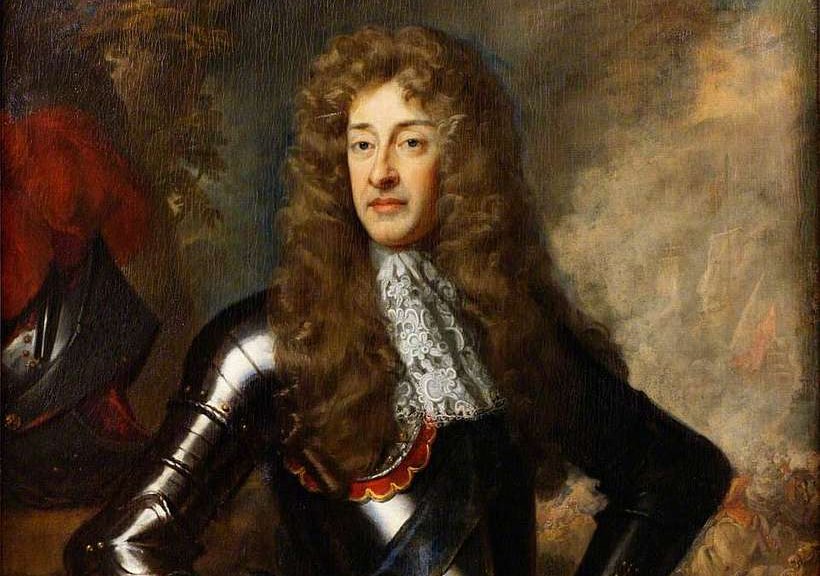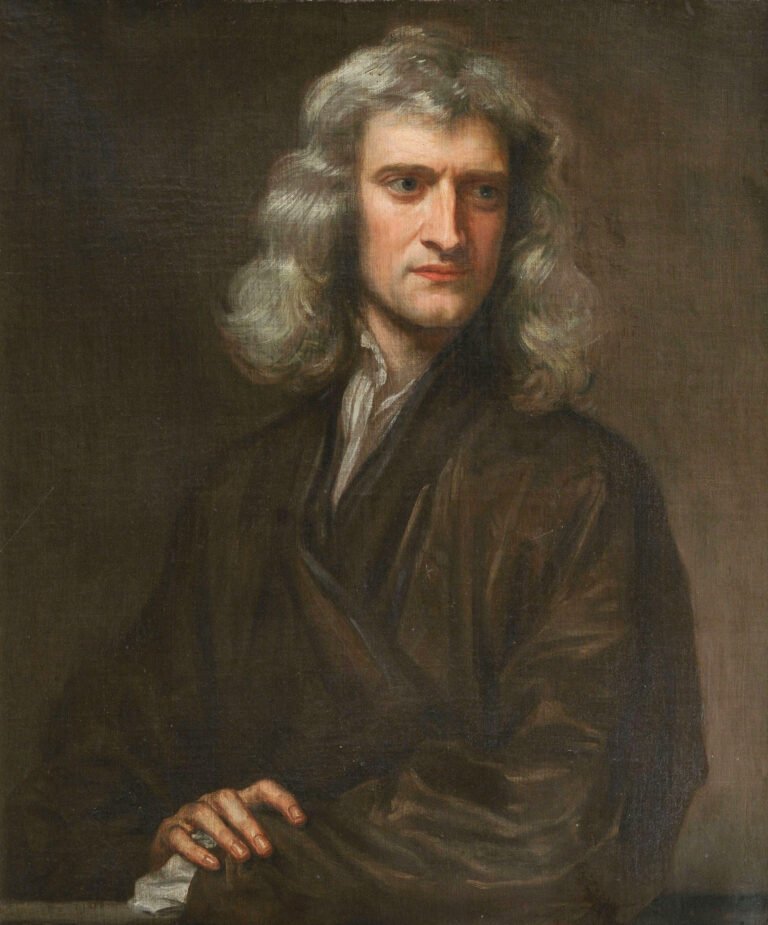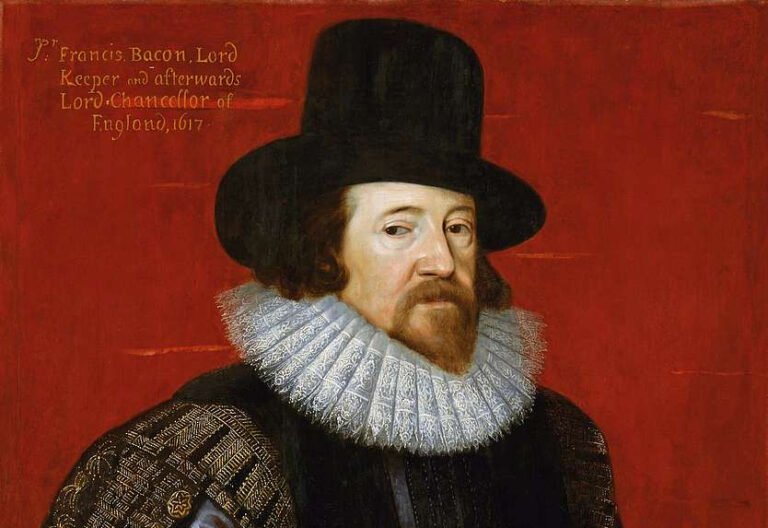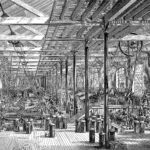King James II ruled England, Scotland, and Ireland in the 17th century. His reign was brief but significant, marked by political and religious turmoil.
King James II, born in 1633, ascended the throne in 1685. His rule faced opposition due to his Catholic faith in a largely Protestant England. James’ policies aimed to promote religious tolerance, yet they stirred fear and mistrust among his subjects.
His attempts to centralize power and promote Catholicism led to widespread discontent. This unrest culminated in the Glorious Revolution of 1688, which saw James deposed and replaced by his Protestant daughter, Mary, and her husband, William of Orange. Despite his short reign, King James II’s impact on British history remains profound, highlighting the fragile balance between monarchy and religion.
Early Life And Background
King James II’s early life was filled with significant events that shaped his character and reign. Understanding his background provides a glimpse into his journey to the throne.
Family And Birth
James II was born on October 14, 1633. He was the third son of King Charles I and Queen Henrietta Maria. His family was deeply rooted in the English monarchy.
James had seven siblings, but he was closest to his elder brother, Charles II. Their bond became significant later in life.
| Family Member | Relation |
|---|---|
| Charles I | Father |
| Henrietta Maria | Mother |
| Charles II | Elder Brother |
Education And Upbringing
James II received a comprehensive education. Tutors taught him subjects such as history, languages, and military strategy. His education was typical for royalty of his time.
At the age of eight, James was sent to the Royal Navy. This early exposure to maritime life shaped his future interests in naval affairs. He developed a passion for the sea and ships.
- Studied history, languages, and military strategy
- Joined the Royal Navy at eight
- Developed a passion for the sea
James’s upbringing was also influenced by the political turmoil of the English Civil War. His family’s struggles during this period made a lasting impact on him.

Credit: encyclopediavirginia.org
Rise To Power
King James II’s journey to the throne was marked by many challenges. He navigated a complex political landscape, faced opposition, and made strategic alliances. Let’s explore his rise to power through the key phases of his life.
Political Climate
The political climate during James’s time was turbulent. England was divided by religious conflicts and political factions. The monarchy’s power was constantly challenged by Parliament.
| Factor | Impact |
|---|---|
| Religious Conflicts | Created divisions and opposition. |
| Political Factions | Influenced the balance of power. |
| Parliament’s Role | Limited the monarchy’s authority. |
The religious conflicts were between Catholics and Protestants. This led to mistrust and tensions. Political factions like the Whigs and Tories played significant roles. The Whigs often opposed James, while the Tories were more supportive.
Parliament’s influence grew, limiting the monarchy’s power. This made it harder for James to assert his authority.
Path To The Throne
James II’s path to the throne was not straightforward. Born in 1633, he was the second son of Charles I. His elder brother, Charles II, became king after the English Civil War.
- 1644: James was made Duke of York.
- 1660: The monarchy was restored, and Charles II became king.
- 1673: James converted to Catholicism, causing controversy.
- 1685: Charles II died, and James ascended the throne.
James’s conversion to Catholicism was a turning point. It created opposition among Protestants. Despite this, he succeeded Charles II in 1685.
James faced many challenges during his reign. But his determination and strategic alliances helped him navigate through the turbulent times. His journey to power is a testament to his resilience and strategic acumen.
Reign And Policies
King James II ruled England from 1685 to 1688. His reign was marked by attempts to expand royal power. His policies led to conflicts with Parliament and ultimately, his overthrow.
King James II ruled England from 1685 to 1688. His reign was marked by significant changes and controversial policies. He aimed to centralize power and influence both domestic and religious matters. His decisions stirred unrest and eventually led to his downfall.
Domestic Policies
James II sought to strengthen royal authority. He replaced many officials with loyal supporters. This move ensured control but angered many nobles. He expanded the standing army, which worried many about his intentions. People feared he would use the army to enforce his will. His focus on absolute power led to conflicts with Parliament. This tension grew over his short reign.
Religious Policies
James II was a devout Catholic in a Protestant country. He promoted religious tolerance, but many saw this as a threat. His policies favored Catholics, causing widespread fear and distrust. He appointed Catholics to high positions, which alarmed Protestants. His attempts to bypass laws angered many. The Declaration of Indulgence granted freedom of worship, but it was viewed with suspicion. People feared a return to Catholic dominance. This fear contributed to his eventual overthrow.
Conflict And Opposition
King James II faced significant conflict and opposition during his reign. His policies and beliefs led to many struggles with Parliament and religious groups. This section explores these conflicts in detail.
Parliamentary Struggles
King James II often clashed with Parliament. He tried to expand his power, which worried many members. They feared he aimed to rule without their input. This power struggle led to several heated debates and confrontations.
James II’s attempts to fill key positions with his supporters further strained relations. Parliament viewed this as an attempt to bypass their authority. This tension reached a peak when he tried to suspend laws without Parliament’s consent.
| Conflict | Impact |
|---|---|
| Suspending Laws | Increased distrust |
| Appointing Supporters | Parliamentary anger |
Religious Tensions
Religious tensions played a big role in King James II’s opposition. He was a Catholic, which worried many Protestant subjects. They feared a return to Catholic dominance.
James II’s policies favored Catholics, causing further unrest. He issued the Declaration of Indulgence, allowing freedom of worship. This angered the Protestant majority. Many saw it as a threat to their religion.
- Issued Declaration of Indulgence
- Favored Catholics in court
- Protestant majority felt threatened
The religious divide deepened as James II continued his policies. This ultimately led to significant opposition from both Parliament and the public.
Glorious Revolution
The Glorious Revolution of 1688 was a significant event in British history. It marked the overthrow of King James II. This bloodless revolution led to a shift in power. Parliament gained more control, and the monarchy’s power decreased. The revolution was a turning point. It set the stage for modern democracy in Britain.
Catalysts For Revolution
Several factors led to the Glorious Revolution. King James II’s policies played a major role. He was a Roman Catholic in a predominantly Protestant country. His religious beliefs caused tension. People feared the return of Catholic rule.
James II’s autocratic style also angered many. He tried to rule without Parliament. This move upset both nobles and commoners. They valued their voice in government. The birth of his son in 1688 was the final straw. It meant a Catholic dynasty could continue.
Key Figures Involved
Several key figures were crucial in the Glorious Revolution. William of Orange was one. He was a Protestant and married to James II’s Protestant daughter, Mary. They were invited by Parliament to take the throne.
Mary, James II’s daughter, also played a role. She had strong support among Protestants. Her marriage to William strengthened their claim.
Parliament members were vital too. They orchestrated the invitation to William and Mary. Their actions showed a clear message. They wanted a Protestant monarchy and a balanced power structure.

Credit: www.britannica.com
Exile And Later Life
King James II of England, after losing the throne, spent his final years in exile. His later life was marked by struggles, loss, and attempts to regain power. He sought refuge in France, where he lived out his remaining days.
Life In France
James II found sanctuary at the court of Louis XIV. The French king offered him a warm welcome. James lived in the Château de Saint-Germain-en-Laye. This grand residence became his home. He maintained a small court there. Despite being in exile, he tried to keep his dignity. Many loyal followers stayed with him. They hoped for his return to power.
During his time in France, James II remained active. He kept in touch with supporters in England. He also engaged in politics. He tried to plan a return to the throne. Yet, his efforts were mostly unsuccessful. His time in France was filled with both hope and disappointment.
Final Years
In his final years, James II faced many challenges. His health declined. He grew weaker. The dream of reclaiming the throne faded. He spent more time in prayer and reflection. Religion became a central part of his life. He found solace in his faith.
James II died on September 16, 1701. He was buried in the church of Saint-Germain-en-Laye. His death marked the end of an era. Yet, his legacy lived on. His son, James Francis Edward Stuart, continued his father’s quest. The struggle for the throne persisted.
James II’s later life was a mix of hope and hardship. He remained a figure of interest. His story continues to be studied and remembered.
Legacy And Impact
King James II left a mark on history. His legacy is complex and debated by scholars. This section explores his influence from different perspectives.
Historical Perspectives
King James II’s reign was short but impactful. He ruled from 1685 to 1688. His policies and decisions had lasting effects.
- He promoted religious tolerance, especially for Catholics.
- He faced opposition for his pro-Catholic stance.
- The Glorious Revolution ended his reign.
Historians argue about his effectiveness. Some see him as a progressive leader. Others view him as divisive and controversial.
Cultural Depictions
King James II has been portrayed in various ways in literature and media. These depictions shape public perception of his character.
| Medium | Example | Perspective |
|---|---|---|
| Literature | Historical novels | Often depicted as a tragic figure. |
| Film and TV | Period dramas | Portrayed with a mix of sympathy and criticism. |
| Art | Portraits | Regal and dignified. |
These cultural representations influence how we remember King James II. They highlight his strengths and flaws.
Controversies And Criticisms
King James II of England was a monarch whose reign was marked by significant controversies and criticisms. His policies, decisions, and personality often sparked heated debates and polarized opinions. Let’s delve into some of these contentious issues under the subheadings below.
Debates Among Historians
Historians have long debated the nature of King James II’s rule. Some argue he was a victim of circumstance. Others believe his autocratic tendencies were the root of his downfall.
One major point of contention is his religious policies. James II was a devout Catholic in a predominantly Protestant country. This led to accusations of favoritism and fears of a return to Catholicism.
| Argument | Details |
|---|---|
| Pro-James Historians | Argue he was simply trying to ensure religious freedom. |
| Anti-James Historians | Claim he aimed to impose Catholicism and undermine Protestantism. |
Additionally, his political maneuvers are often scrutinized. Some believe he sought to centralize power at the expense of Parliament. This idea has sparked numerous scholarly debates.
Public Perception
The public perception of King James II was equally divided. His religious affiliation was a significant source of tension. Many Protestants viewed him with suspicion and distrust.
James II’s policies often led to public outcry. For instance, his promotion of Catholics to high office angered many. This decision was seen as a direct challenge to the established Protestant order.
Below is a list of key events that shaped public opinion:
- The Declaration of Indulgence in 1687
- The birth of his son in 1688, raising fears of a Catholic dynasty
- The Glorious Revolution of 1688
His eventual overthrow was partly a result of these controversies. The Glorious Revolution saw him replaced by William of Orange. This event marked a significant shift in public sentiment and political power.
In summary, the reign of King James II remains a topic of intense debate and discussion. His actions continue to be examined and re-examined through the lens of history.

Credit: en.wikipedia.org
FAQs
Who Was King James II?
King James II was the king of England, Scotland, and Ireland. He ruled from 1685 to 1688.
What Was King James II Known For?
King James II was known for his attempts to promote Catholicism. This led to the Glorious Revolution.
Why Did King James II Lose The Throne?
King James II lost the throne due to the Glorious Revolution. His policies were unpopular.
When Was King James II Born?
King James II was born on October 14, 1633. He was the son of Charles I.
Conclusion
King James II’s reign was filled with challenges and controversies. His policies stirred unrest. His efforts to restore Catholicism led to his downfall. Despite his short rule, he left a lasting impact on England. His legacy remains a topic of interest for historians.
Understanding his reign helps us learn from the past. James II’s story is a reminder of the power struggles in history.








